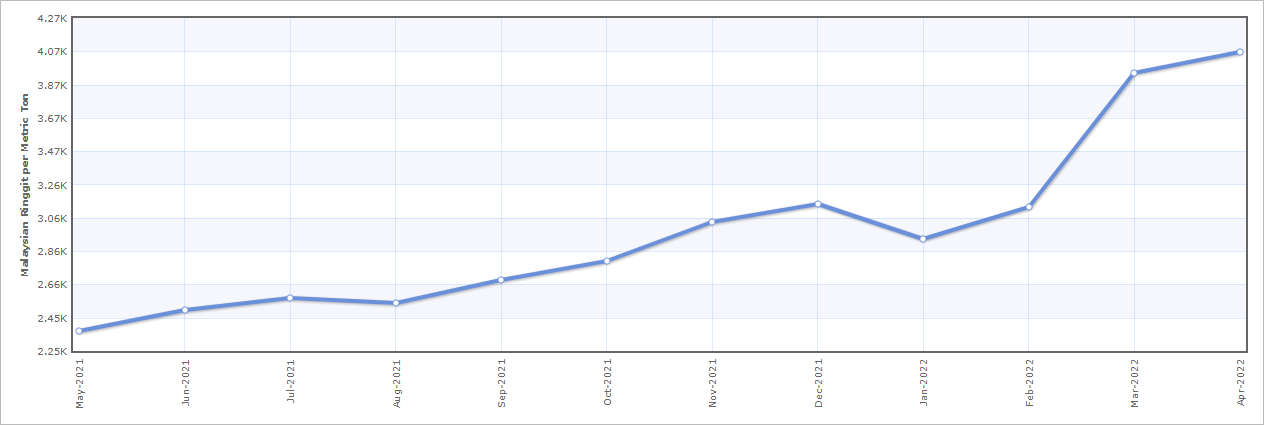What’s in the Ground? Know Your Land for Better Harvests

Posted on |
Soil is an important asset to oil palm plantations. It provides the water and nutrients needed for palm trees to grow and flourish. Good soil management, among other things, leads to successful cultivation and harvesting of palm fruits.
This is especially true when managing soil on the same piece of land spanning years, whereby replanting is a common practice. Oil palm planters must understand the importance of nutrients. This is critical for healthy, fertile soil to produce maximum yield with high crop quality and for sustained production.
Advancements in agritech has made it possible to enhance soil control and manage soil with technology. Effective use of precision farming technologies like soil sensors, for example, enables farmers to determine soil health with indicators that show changes in soil quality, condition, and moisture content, and how to optimise nutrients.
Soil science: macro and micronutrients in oil palm planting
The largest amounts of nutrients required for oil palm growth are nitrogen (N), phosphorus (P), and potassium (K). Because they are the largest amounts required, N, P, and K are known as macronutrients.
Together, they form the NPK composite. Not only oil palm, but most plants and crops too rely on this trio of NPK composite for nutrition. Then, there are also mesonutrients and micronutrients.
- Mesonutrients make up portions that are substantial but nowhere near as large as NPK, such as calcium (Ca), magnesium (Mg), and sulfur (S).
- Micronutrients, on the other hand, are required in the smallest of amounts. They are boron (B), copper (Cu), iron (Fe), manganese (Mn), molybdenum (Mo), and zinc (Zn).
In the table below, you can see the macro-, meso-, and micronutrient requirements for the 7 selected areas in oil palm planting and cultivation.
Indicator:
Green = required
Red = required but MUST NOT be oversupplied
 Note. Understanding Role of Specific Nutrient for Oil Palm, How to Increase Oil Palm Yield. Yara Malaysia. (2018, September 10). Retrieved June 8, 2022, from https://www.yara.my/crop-nutrition/oil-palm/how-to-increase-oil-palm-yield—understanding-nutrient-role/
Note. Understanding Role of Specific Nutrient for Oil Palm, How to Increase Oil Palm Yield. Yara Malaysia. (2018, September 10). Retrieved June 8, 2022, from https://www.yara.my/crop-nutrition/oil-palm/how-to-increase-oil-palm-yield—understanding-nutrient-role/
It’s all about the balance
Soil science is not one size fits all. A specific nutrient must be supplied at a particular level, not only in its own right but also in relation to other nutrients. Farmers can use soil sensors to facilitate this “balancing act”. These sensors provide accurate data of the soil’s nutrient content. It tells farmers if there is nutritional deficiency or an accumulation of excess nutrients.
Because soil is dynamic, its composition constantly changes. This can be due to soil age, erosion caused by water and wind, climate change, and human practices. With remote sensing technology, farmers can carry out soil studies concerning not only the nutrient content but four other soil parameters. They are moisture, roughness, temperature, and texture.
These remote sensing data sets, integrated with GIS and analytics, provide a bigger picture of soil management. In other words, the more data they have on hand, the faster they can make decisions and plan for solutions in near-real time.
Farmers could also retrieve data on closer intervals to plan proactively. For example, when anticipating more rain after analysing weather forecast data, they can take action to prevent water retention at suspected areas at the plantation before it occurs.
Reactively, if water retention does occur at a specific area of land, then they can perform analysis using the same data for prioritisation, triage, and control. Otherwise, they might risk facing reduced production and losses.
Improving fertiliser use with data management
Fertiliser inputs are necessary to sustain good yields. Typically, fertiliser cost constitutes 40% to 50% of the total field upkeep cost. As global fertiliser prices continue to rise, farmers have found it harder to maintain usual production levels because they have scaled back on their use.
The following graph shows the fertiliser price increase per metric tonne from May 2021 to April 2022.
 Note. DAP (diammonium phosphate) fertiliser monthly price – Malaysian ringgit per metric ton. IndexMundi. (n.d.). Retrieved June 8, 2022, from https://www.indexmundi.com/commodities/?commodity=dap-fertilizer&months=60¤cy=myr
Note. DAP (diammonium phosphate) fertiliser monthly price – Malaysian ringgit per metric ton. IndexMundi. (n.d.). Retrieved June 8, 2022, from https://www.indexmundi.com/commodities/?commodity=dap-fertilizer&months=60¤cy=myr
A fertiliser/soil management system that records purchase and usage data of fertilisers could solve issues of overspending, or mismanagement even. On top of that, recording fertiliser distribution data into the system on a block-by-block basis could provide information on low-performing areas in terms of production.
Fertiliser data recorded in the system allows farmers to perform better allocation for efficient utilisation. Ultimately, this could save farmers a lot of money in the long run.
What if farmers want to gauge if a newer fertiliser is performing as expected? Or if it’s time to change fertilisers because it’s affecting profits? With analyses of yield patterns and crop growth via the system, they can generate insights to address these questions.
They can also perform even deeper analyses. For example, correlating rainfall data to determine optimum times for fertiliser application. Also, analysing soil moisture data to monitor if the soil is moist enough to dissolve nutrients from the fertiliser.
Applying decision intelligence with data and analytics using the Quarto platform
Decision intelligence is a new field that “helps support, augment, and automate business decisions by linking data with decisions and outcomes. It uses a combination of methods and technologies like machine learning and automation to improve the way decisions are made in companies.“
Gartner predicts that by 2023, more than one-third of large organisations will have analysts practicing the discipline of decision intelligence.
The Quarto plantation management platform aims to achieve decision intelligence within farm and plantation businesses by combining data automation and analytics. With the right blend of process automation and intelligent business process management, farms and plantations can gain insights, identify mission critical actions, and make informed and timely decisions.
This applies not only for soil management, but also various other aspects of the agriculture business for successful outcomes. If you’re intrigued to learn more about Quarto and how it can help you make better decisions, do not hesitate to contact us!
